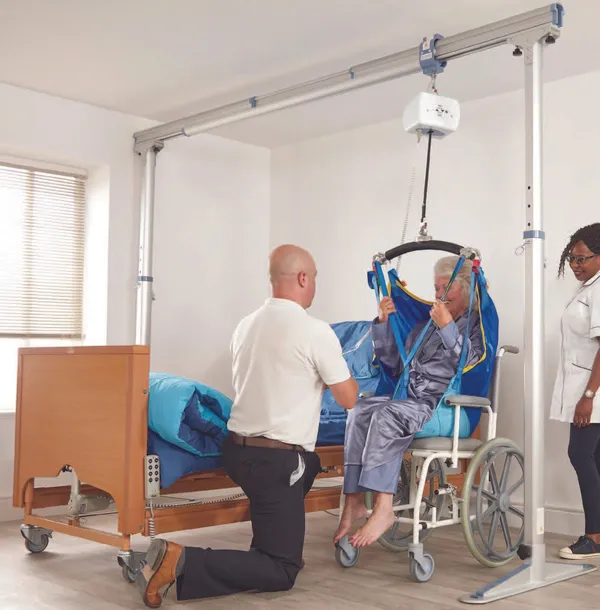Every family is unique. However, over time, many families will find themselves in similar situations of taking care of an aging adult family member. Being the sole caretaker can be overwhelming at times. If siblings are involved and willing to work cohesively, it is best for the entire family.
In a recent AARP article by Dr. Barry Jacobs, he shares his experience working with his brother to care for their mother. He points out the challenges and conflicts that come up, yet, also identifies how you can bond with your siblings as you work together to ensure your aging loved ones receive the best care.
Here are a few of his tips and some of our own for working cohesively as siblings:
Remember, the primary focus is on your loved one’s care quality.
If you are spending your energy in conflict with each other, you could be unintentionally diverting your attention from your primary focus. As an example, two brothers have the potential to be at odds.
One brother stays home and works as the caretaker for their relative, while the other brother works every day and sends money. Each brother could carry resentment, but instead, they have chosen this structure because it works the best to meet their relative’s needs.
It also helps them keep the aging adult in the comfort of their home. Your primary focus should always be ensuring your loved one stays healthy, comfortable, and safe. Also, when siblings are in conflict, your loved one will likely pick up on this and become upset. Put aside your differences for the adult in your care.
Everything does not have to be equal; things just need to make sense.
It is unlikely you will be able to distribute the caretaking tasks equally. To help everyone, distribute the caretaking responsibilities depending on each person’s situation. Since siblings tend to live various distances from their parents, they have different life responsibilities, and financial situations, it is normal for each sibling to have different caregiving tasks that best suit their capabilities.
Dr. Jacobs reminds readers this inequality does not have to be a bad thing. If one sibling is closer and can get to the parent sooner, let them take the lead on delegating tasks. Perhaps you can divide the grocery shopping with each sibling taking a different week. These days this can work for siblings out of town as well, as they can have groceries delivered. Also, try to take turns taking your parents to doctor’s appointments if possible.
Someone will always end up doing more, but every sibling should be contributing in their way. Try to gather for family meetings so you can check in and acknowledge each other’s contributions. The meetings will help keep things running smoothly.
Be kind to each other.
When you have a kind and loving parent who appreciates everything you all are doing, things are more manageable. Sadly, for some, your aging parent could be not so friendly and appreciative, maybe due to Dementia or other health problems. They can be mean and hard to handle.
In these scenarios, it is imperative siblings extend kindness and lean on each other for support. You could also be grieving due to a parent who falls ill and begins to need help. Grieving together will strengthen your bond.
At Next Day Access, we are here to help. We aim to provide solutions for aging adults choosing to age in place. We offer a vast amount of various medical equipment and accessibility devices to keep aging adults or people with disabilities safe and comfortable at home.
Many of our devices are also geared to help caregivers perform their daily tasks with less difficulty such as a patient lift. Our professionals are also happy to do in-home consultations to ensure the home is safe. We encourage you to contact your nearest Next Day Access today to see how we can help.












